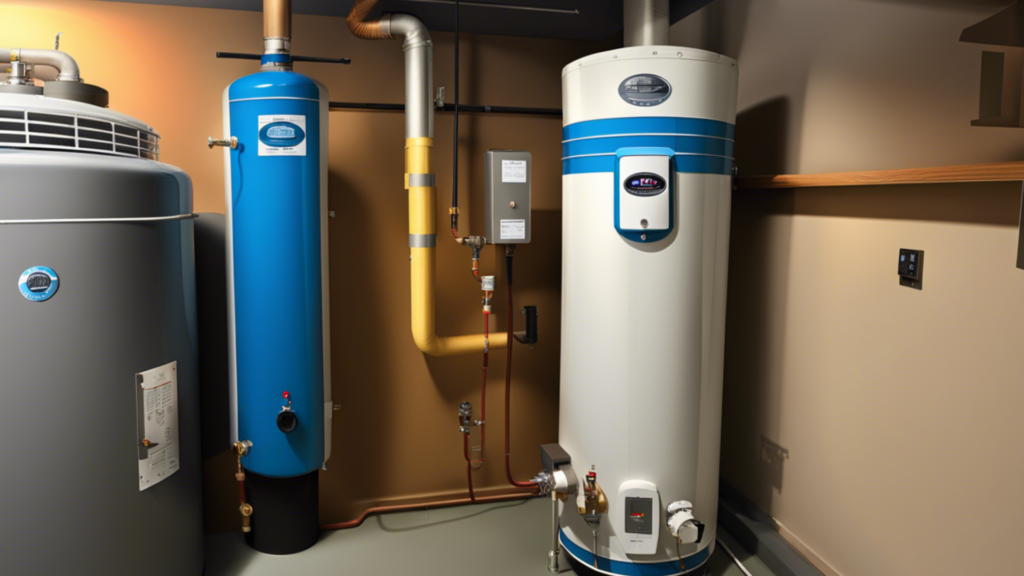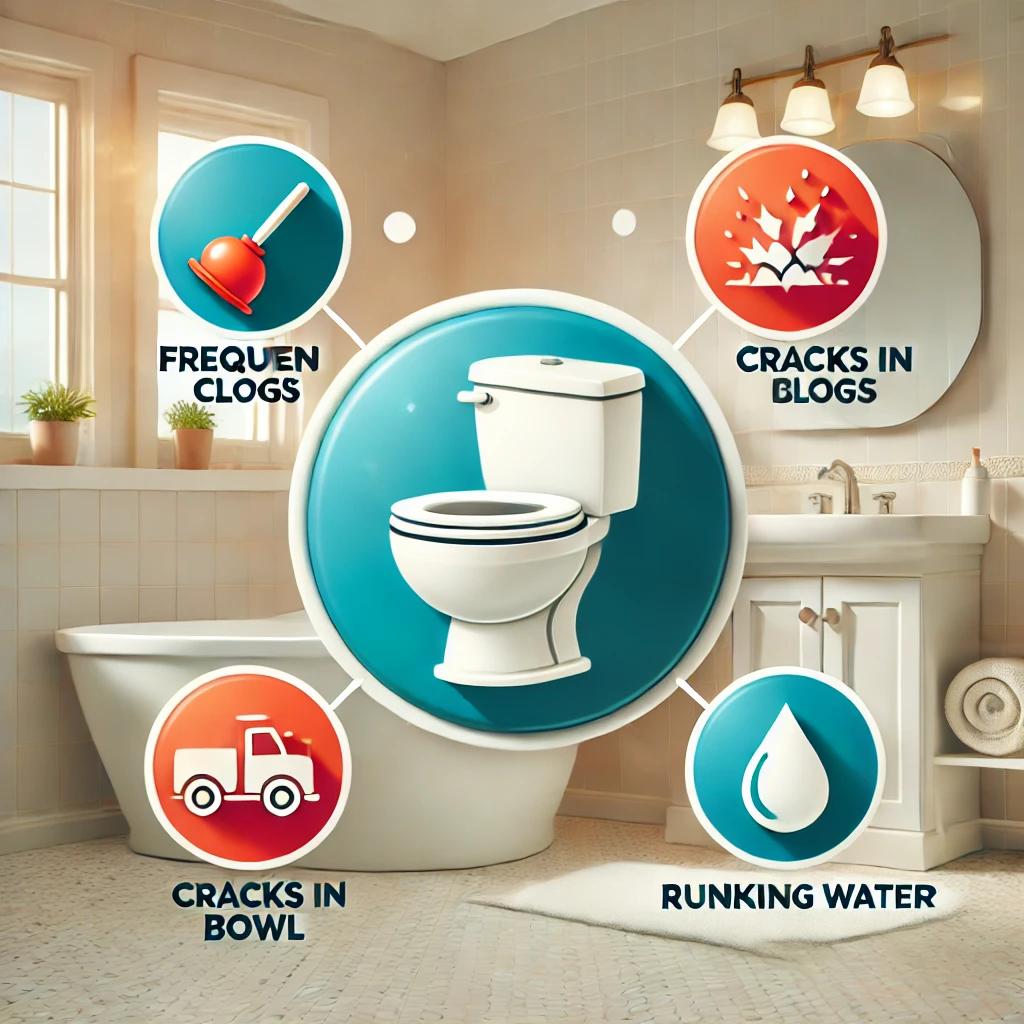Maintaining your water heater is crucial for ensuring its efficiency, longevity, and safety. In Calgary, where the cold climate can place additional stress on your plumbing system, regular inspection and maintenance of your water heater are especially important. This guide provides detailed information on how to inspect and maintain your water heater to keep it functioning optimally throughout the year.

Why Water Heater Maintenance is Important in Calgary
Water heaters are essential for providing hot water in your home, especially during Calgary’s cold winters. Regular maintenance not only extends the life of your water heater but also improves its efficiency, saving you money on energy bills. Neglecting maintenance can lead to issues like sediment buildup, which can cause your water heater to work harder, increase your energy costs, and even lead to premature failure.
1. Regular Inspection of Water Heaters
Regular inspection of your water heater is the first step in maintaining its performance. Here’s how to properly inspect your water heater:
Check for Leaks: Inspect the area around your water heater for any signs of water leakage. Leaks can indicate issues with the tank or connections and should be addressed immediately to prevent water damage.
Examine the Pressure Relief Valve: The pressure relief valve is a critical safety feature that prevents excessive pressure build-up in the tank. Lift the valve’s lever to test it. If water flows out, the valve is functioning correctly. If not, it may need to be replaced.
Inspect the Anode Rod: The anode rod is designed to attract corrosive elements, protecting the tank from rust. Over time, the rod can become corroded and needs to be replaced. Inspect the rod every three years, or more frequently if your water heater is subjected to hard water.
2. Flushing the Water Heater
Sediment buildup is a common issue in water heaters, particularly in areas with hard water like Calgary. Flushing the tank helps remove sediment and improves efficiency.
Turn Off the Water Heater: Before flushing, turn off the water heater and let it cool down to avoid any risk of scalding.
Drain the Tank: Attach a garden hose to the drain valve at the bottom of the tank and direct the water to a suitable drainage area. Open the valve to drain the tank. This will help remove any sediment that has settled at the bottom.
Refill the Tank: Once the tank is drained, close the drain valve, remove the hose, and refill the tank by turning the water supply back on. Don’t forget to turn the water heater back on once the tank is full.
3. Adjusting the Temperature Setting
The temperature setting on your water heater affects both energy efficiency and safety. The ideal temperature setting for most households is 120°F (49°C).
-
Check the Thermostat: Locate the thermostat on your water heater and ensure it is set to the recommended temperature. Setting the temperature too high can lead to scalding, while setting it too low may result in inadequate hot water.
-
Energy Savings: By maintaining the right temperature setting, you can save on energy costs while ensuring your water heater operates efficiently.
4. Insulating Your Water Heater
Insulating your water heater, especially in colder climates like Calgary, can help reduce heat loss and improve efficiency.
Insulate the Tank: Consider adding an insulating blanket to the tank. This helps to retain heat and reduce the amount of energy needed to keep the water hot.
Insulate the Pipes: Insulating the hot water pipes that run from your water heater reduces heat loss as the water travels to your faucets, allowing you to save on energy and get hot water faster.
5. Scheduling Professional Maintenance
While DIY maintenance is essential, scheduling professional maintenance ensures that your water heater is thoroughly inspected and serviced.
Annual Inspections: Hire a licensed plumber in Calgary to perform an annual inspection of your water heater. They can identify and fix potential issues that may not be apparent during a DIY inspection.
Professional Flushing: In addition to your routine maintenance, a professional can perform a more thorough flush to remove stubborn sediment that may not be fully cleared during a DIY process.
Conclusion
Maintaining your water heater in Calgary is vital for ensuring a reliable supply of hot water, especially during the cold winter months. Regular inspections, flushing, temperature adjustments, and insulation are all key steps in maintaining your water heater. Additionally, scheduling professional maintenance can help identify potential issues before they become major problems. By following these guidelines, you can extend the lifespan of your water heater, improve its efficiency, and avoid costly repairs.



